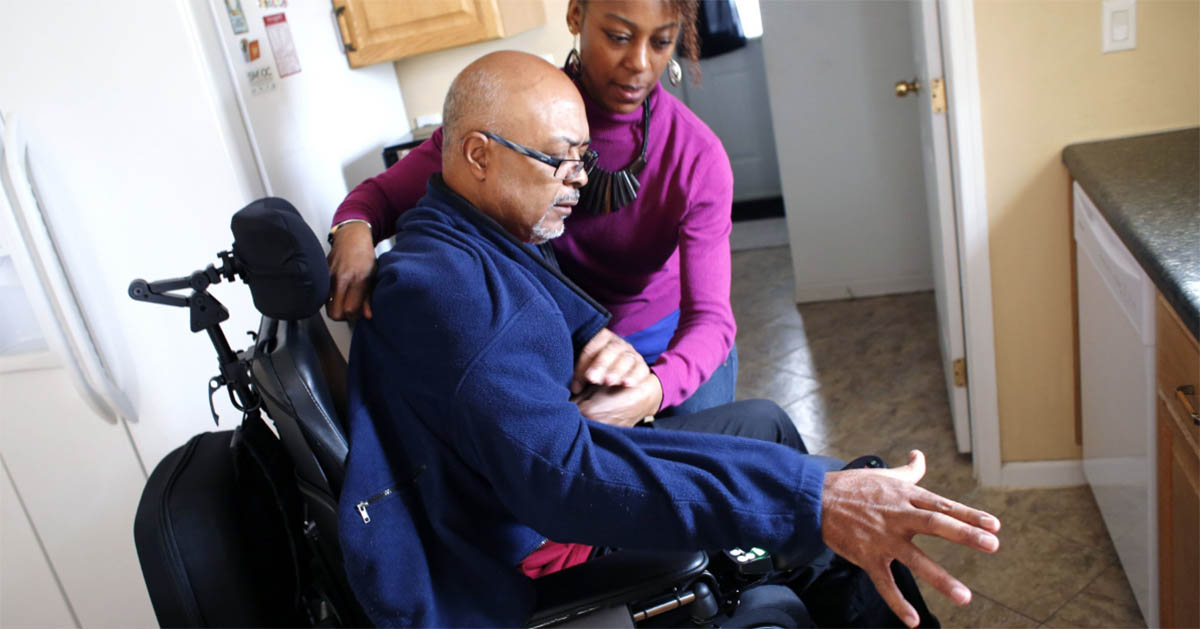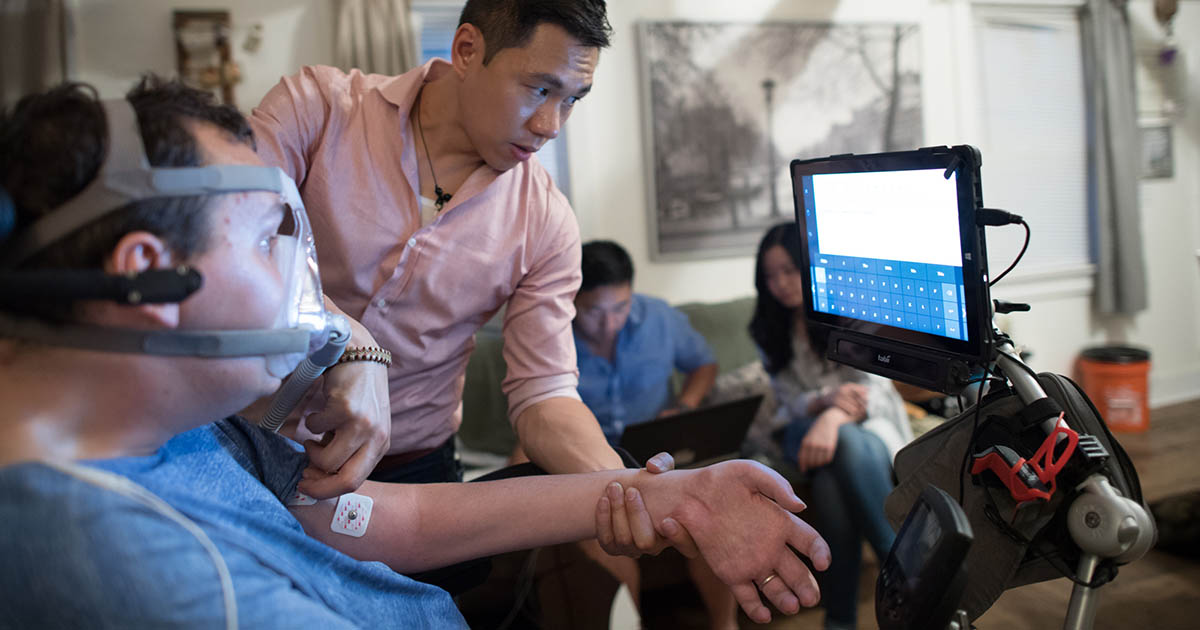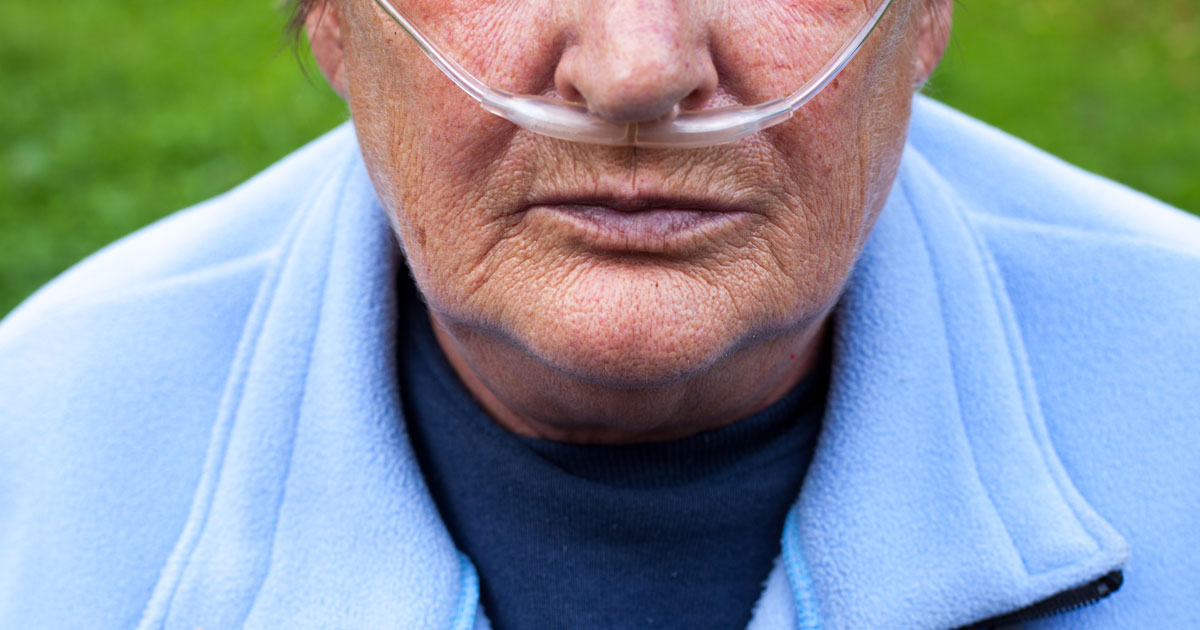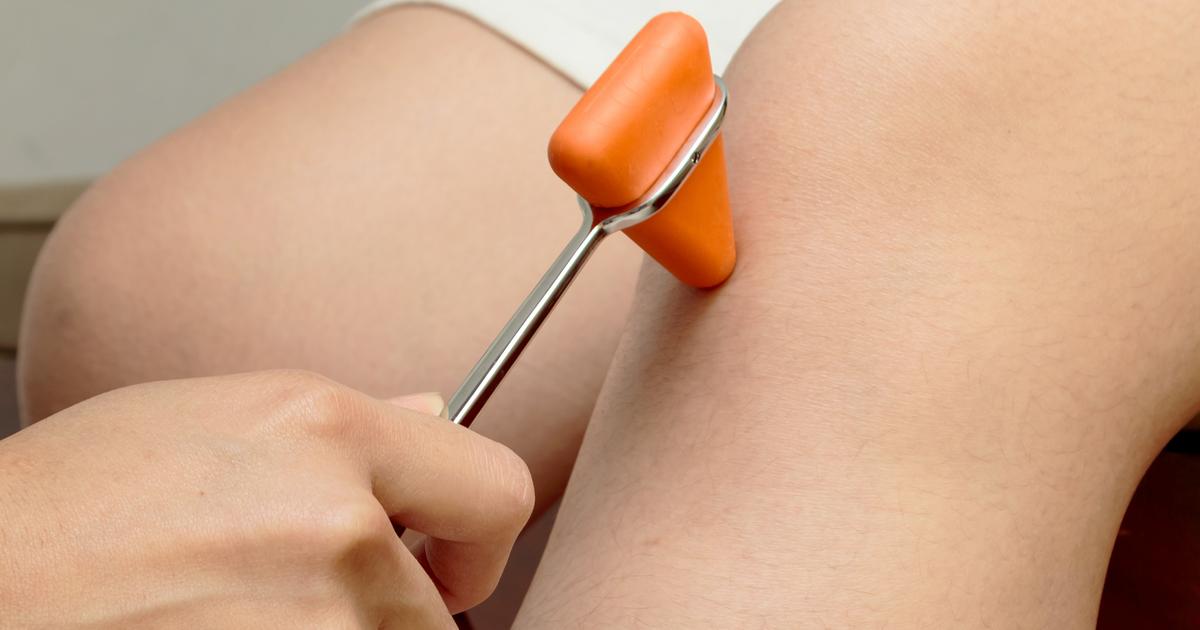Warning Signs Of Amyotrophic Lateral Sclerosis
Only five to ten percent of individuals inherit amyotrophic lateral sclerosis (ALS), sometimes referred to as Lou Gehrig's disease, yet there is no known cause for why the other ninety to ninety-five percent don't get it. Amyotrophic lateral sclerosis is a disease that kills nerve cells eventually rendering the affected individual disabled and is ultimately fatal. In the United States alone there are thirty thousand cases and an average of five thousand new cases per year. If someone has a family history of it, there is a 50/50 chance of getting it. Get to know the major symptoms of amyotrophic lateral sclerosis now.
Difficulty Walking

Individuals with amyotrophic lateral sclerosis may experience difficulty walking as one of the symptoms. Sometimes in the beginning stages, patients will have motion issues in one leg rather than both. In various cases, patients note being more clumsiness while walking, such as tripping more often than usual. This is known as 'limb-onset ALS,' in which the muscles in the legs, feet, and ankles get weaker. Because of the muscle weakness, it is more difficult for the patient to do normal daily activities. Although the progression of amyotrophic lateral sclerosis varies from person to person, the result is ultimately the inability to stand or walk. To help maintain independence for as long as possible, a patient can do physical therapy to strengthen the muscles not yet affected.
Continue reading to learn about another trademark symptom of ALS now.
Slurred Speech

The weakening of muscles can eventually cause slurred or nasal speech as well as problems swallowing, which is known as 'bulbar onset amyotrophic lateral sclerosis.' The patient may have difficulty in forming words or speaking loudly and clearly. This does not mean their brain is deteriorating, as ALS does not affect the function of the brain. The disease kills the motor neurons that extend from the brain to the spinal cord and from the spinal cord to the body’s muscles. Once the motor neurons or nerve cells have been damaged, the damage cannot be reversed. However, there are ways to help slow this progression down. For example, a speech therapist can teach the patient how to speak more clearly and project their voice. Problems with speech are a gradual process, though if this becomes a severe issue, the ALS patient can try working with modern technology to assist with communication.
Continue reading to understand more symptoms of amyotrophic lateral sclerosis now.
Muscle Cramps And Twitches

Other symptoms of amyotrophic lateral sclerosis are muscle cramps and twitches, also known as fasciculations. Cramps and twitches may be felt in the arms, legs, shoulders, and even the tongue, with the most noticed in the feet and hands. The muscle cramps are impulsive painful uncontrolled muscle contractions. These symptoms are not considered early signs of ALS, but specialists can test for amyotrophic lateral sclerosis by taking a muscle and nerve biopsy or conducting electrodiagnostic tests to study the disorders of the muscles and motor neurons. The muscles may be weak, but the patient can still feel, taste, smell, and maintain their sight, as it is only the motor neurons affected by the disease.
It does not matter which part of the body a person experiences their first symptoms. As ALS progresses, it spreads to other areas of the body affecting swallowing, language, and breathing. If there is an early diagnosis, there are methods to slow down amyotrophic lateral sclerosis, keeping the patient safe and independent for a longer period.
Get to know more symptoms of amyotrophic lateral sclerosis now.
Trouble Holding The Head Up

Due to the weakness of the neck muscles, ALS patients may experience trouble holding up their head. They may also have difficulty in swallowing, which then poses a risk for choking. A study was completed from 1981 to 2000, in which 683 amyotrophic lateral sclerosis patients were diagnosed. Among these patients, only 1.3 percent of them were officially diagnosed with issues holding up their head. They had profound neck muscle weakness as an early sign, but others did not develop this symptom until the disease progressed further. If the dropping of the head is experienced as an early sign of ALS, it is noticed within the first two years of onset. However, this has to be tested thoroughly because other neuromuscular diseases also cause the dropped head.
Learn more about the symptoms of amyotrophic lateral sclerosis now.
Weakness In Hands And Feet

The twitching and cramping normally first occur in the hands and feet. The muscles in the hands and feet become stiff and weak. This occurs in sixty percent of amyotrophic lateral sclerosis patients. They have issues in lifting, completing daily tasks, such as buttoning shirts and walking. Patients have also developed swelling of the hands and feet, caused by the lack of muscle movement. Without muscle movement, the veins cannot carry blood and fluids back to the heart. Elevating the feet and arms above the heart and resting can treat the swelling. This can also be treated with a gentle massage with lotion on the hands and feet.
Read more about the symptoms of amyotrophic lateral sclerosis now.
Trouble Swallowing And Chewing

An individual experiencing trouble swallowing and chewing may be affected by amyotrophic lateral sclerosis. The nerves become progressively damaged by this disease, and twenty to twenty-five percent of affected individuals experience their first symptoms in their upper body and head region. When lower motor neuron (LMN) is affected, the individual can experience problems with moving their tongue. The damaged nerves are unable to properly send signals to the tongue to tell it to move in the fashion required for an individual to swallow. When an individual drinks fluids, they have to utilize the greatest oropharyngeal muscle control. Amyotrophic lateral sclerosis patients have the most difficulty with swallowing liquids as a result of this mechanism. Amyotrophic lateral sclerosis can damage the nerves responsible for controlling the temporalis, medial pterygoid, lateral pterygoid, and masseter muscles. These muscles function to move the jaw when performing actions like chewing. While the nerves that control sensation in the jaw and tongue are unaffected, the motor nerves that tell the muscles to contract can become extensively damaged.
Continue for more on the warning signs of amyotrophic lateral sclerosis now.
Issues Breathing

When an individual has issues breathing, it may indicate they are affected by amyotrophic lateral sclerosis. The muscles in the chest contract and relax to produce the actions of breathing in and out. The large dome-shaped muscle underneath the lungs or the diaphragm is responsible for performing most of the work involved with moving air in and out of the lungs. The muscles located in between an individual's ribs or the intercostal muscles also play a significant role in the breathing process. The intercostal muscles contract while the diaphragm moves downward in order to produce the action of inhaling air. When amyotrophic lateral sclerosis causes damage to the nerves that supply these muscles, the affected individual will present with breathing difficulties. These symptoms may include labored breathing or gasping with or without activity and is often referred to as air hunger. Problems with breathing during sleep cause the patient to wake up frequently during the night and experience general fatigue. Feeling short of breath is also a common occurrence when amyotrophic lateral sclerosis has damaged the nerves responsible for the movement of air through the lungs.
Learn more about the major symptoms of ALS now.
Exaggerated Reflexes

Exaggerated reflexes can be a symptom of amyotrophic lateral sclerosis. This disease damages the upper motor neurons in the patient's body. The upper motor neurons are responsible for carrying nerve impulses from the individual's brain to their spinal cord. Lower motor neurons are responsible for carrying nerve impulses from the spinal cord to the muscles all around the body. Due to the fact these types of nerves have different functions, the body will be affected in different ways when they become damaged. When the upper motor neurons become damaged, the muscles become stiff and tight or experience spasticity. These muscles may also experience hyperreflexia or exaggerated reflexes to stimuli. The gag reflex often becomes exaggerated in amyotrophic lateral sclerosis patient. Another reflex commonly observed in patients with this disease is called Babinski's sig, which is the upward extension of the large toe when the sole of a foot is stimulated.
Consider more signs of ALS now.
Loss Of Dexterity

Loss of dexterity can indicate an individual has amyotrophic lateral sclerosis. One mechanism responsible for this symptom is the muscle atrophy that occurs in individuals with amyotrophic lateral sclerosis. Muscle atrophy is the medical term used to describe muscle wasting, the progressive loss of muscle tissue. Muscle atrophy happens in amyotrophic lateral sclerosis because the patient's nerves that control specific muscles have become too damaged. As a result, the nerves are unable to send signals that tell the muscles to contract. The affected muscle cannot be used if it is unable to contract, and the body begins to break down the tissues of that muscle in efforts to conserve energy. Particularly in the hands, this loss of muscle tissue can result in the patient's loss of dexterity or ability to perform physical functions with the affected muscles in the hands. Often times, an individual's ability to pick up small objects, button clothes, tie their shoes, and turn a key are lost.
